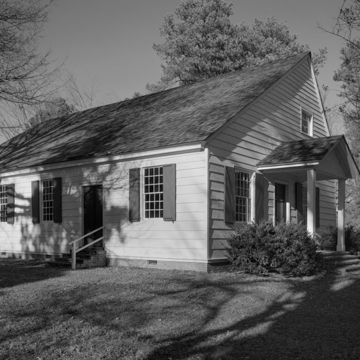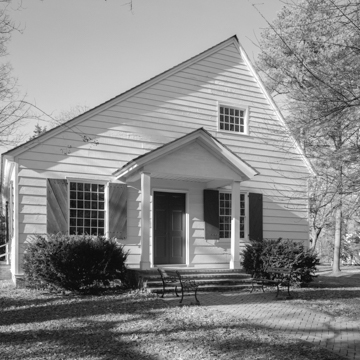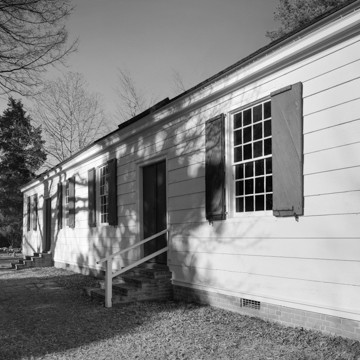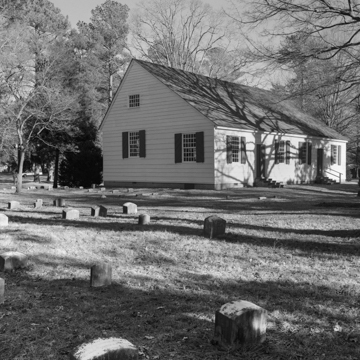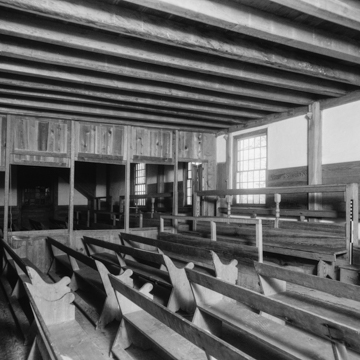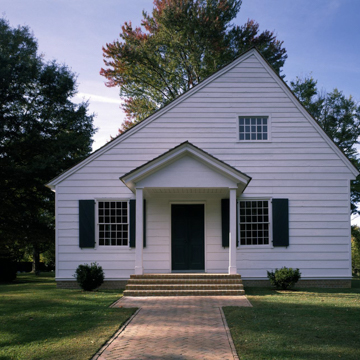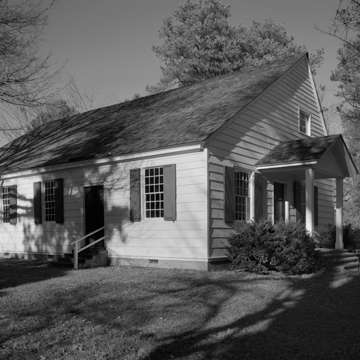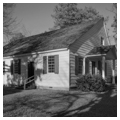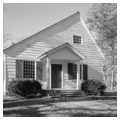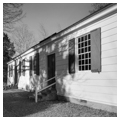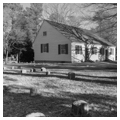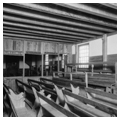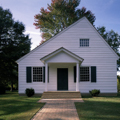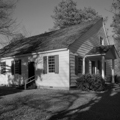This is the oldest positively dated building in Maryland and the oldest extant Friends meetinghouse in the country. It was erected by carpenter-builder John Salter according to specifications outlined in a surviving agreement. As built, it encompassed a cruciform plan with cross-wing entrance and stair hall to the front and a similar projection to the rear. In 1797 the building was significantly modified, removing the wings and adding a six-bay section with dual entrances for men and women, indicative of the emerging American Friends meetinghouse prototype.
Despite these modifications, Third Haven retains its original framing and roof structure, interior woodwork, facing bench, and retractable partition and has never been electrified, plumbed, or centrally heated. As a rare survivor, modified during a crucial period in the evolution of meetinghouse design in America, Third Haven is of tremendous value in understanding evolving meeting practices. It is also a well-preserved artifact of seventeenth- and eighteenth-century building traditions.
Referred to as the Great Meeting House, it sheltered the most vital Quaker meeting on the Eastern Shore, accommodating quarterly meetings that encompassed Betty’s Cove, Bayside, Choptank, and Tuckahoe meetings, and the half-yearly meeting of Maryland Friends. Third Haven played a significant role in the establishment of Quakerism in the colonies, witnessing such eminent visitors as Thomas Chalkley (1698), Thomas Story (1699), John Fothergill (1722), Samuel Bownas (1728), John Woolman (1746, 1766), and Ru-fus Jones (1932). A new meetinghouse was erected on the property in 1880, yet the old building is still used for special meetings and those held during the summer.
References
Carroll, Kenneth, and Orlando Ridout. Three Hundred Years and More of Third Haven Quakerism. Easton, MD: Queen Anne Press, 1984.
Lavoie, Catherine C., and Christopher Densmore. Silent Witness: Quaker Meetinghouses in the Delaware Valley, 1695 to the Present. Philadelphia: Published by the Philadelphia Yearly Meeting of the Society of Friends, 2002.
“Third Haven Meeting House,” HABS No. MD-703. Historic American Buildings Survey, National Park Service, 2011.


